Doing up your dream house: Slater
Mary Miers talks to an expert slater, Barney Livingstone, who has worked with all the different types of slate found throughout the UK
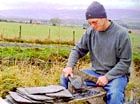

One of the delights of slate roofs is their great variety, each one bearing the mark of a particular quarry. Slate was used by the Romans, but it was not until markets expanded along coastal trading routes in the 16th century that the occurrence of slate was anything but very local to its source. With the coming of the canals and railways, massive quantities began to be transported across the country, the greatest source being Wales. At their peak, the annual output of the Welsh quarries was 450,000 tons; now it is about 52,000. The other main British slate quarries are Westmorland (producing a greenish slate), Lancashire (Burlington Blue Greys), Leicestershire (Swithland-purple, grey and green), and Devon and Cornwall (grey). The famous Scottish quarries (closed since the 1950s) were Ballachulish (smaller, chunkier slates, like oyster shells, in variegated greys) and Easdale (softer, in greens and purples). Tain-based slater Barney Livingstone has worked on many important buildings in the north, such as Eilean Donan and Ballone Castles and Fearn Abbey. After learning his trade as an apprentice, he was a general foreman before starting his own business 22 years ago. He now has several employees and two apprentices. The ratio of repair work to new roofing is about 60:40, and the firm does many detailed jobs, including slating round a new dormer or chimney. 'A slater needs many skills,' says Mr Livingstone. 'We do roof leadwork and fit rainwater goods. 'Everything is done on site. Stripping a roof, you usually lose a third of the slates, so you have to source replacements from elsewhere, which are often secondhand. You mix them in with the salvaged slates, grading them into sizes as you dress them.' Dressing involves trimming the slate and putting in the nail holes. Welsh and English slates have long been segregated into regular sizes, but the best Scottish slates, from Ballachulish, vary in thickness and size, requiring greater skill. They are laid in diminishing courses (well suited to the steeper roofs in wet areas). Their thicknesses must be matched by the slater as he works, producing the rippling contours characteristic of many traditional Scottish roofs. 'There's nothing more pleasing to the eye than a Ballachulish slate roof laid properly,' says Mr Livingstone. He uses quite a lot of Welsh slate. These are easier to work with, being all one size, but they have to be graded into different thicknesses, which are then laid in courses with the thicker ones at the bottom (great for strength in wind and snow). Blacker Spanish slate, although poorer quality, is also used, particularly for new work?'we have to be competitive in pricing'. Slates are applied from the bottom up, the ridge (which might be finished in lead, fireclay or sandstone) and chimney flashings being done last. In England, slates are laid over battens, but in Scotland, roofs have been decked with sarking boards laid across the rafters since about 1800, which increases their strength, insulation and water resistance. Traditionally, slates had one nail and were bedded in lime to keep them firm and stop slippage. Now they are laid over a breathable felt membrane and fixed with two copper nails. Slate is long-lasting and recycleable. 'It's the fixings that perish, necessitating reslating, but a well-slated roof, properly maintained, should not need redoing for well over a century.' Barney Livingstone?01862 893518 Top Tips
A sign of a failing roof is wavy courses?slipping slates caused by nail sicknessDIY repairs on fallen slates using lead or metal 'tingles' and a squidge of mastic will last until your slater can fix them properlyAvoid power-washing roofs to remove moss, etc; it can severely damage slates
Sign up for the Country Life Newsletter
Exquisite houses, the beauty of Nature, and how to get the most from your life, straight to your inbox.
Country Life is unlike any other magazine: the only glossy weekly on the newsstand and the only magazine that has been guest-edited by HRH The King not once, but twice. It is a celebration of modern rural life and all its diverse joys and pleasures — that was first published in Queen Victoria's Diamond Jubilee year. Our eclectic mixture of witty and informative content — from the most up-to-date property news and commentary and a coveted glimpse inside some of the UK's best houses and gardens, to gardening, the arts and interior design, written by experts in their field — still cannot be found in print or online, anywhere else.
-
 Can't you hear me S.O.S? Our treasured native dog breeds are at risk of extinction
Can't you hear me S.O.S? Our treasured native dog breeds are at risk of extinctionDo you know your Kerry blue terrier from your Lancashire heeler? A simple lack of publicity is often to blame for some of the UK's native dog breeds flying dangerously low under-the-radar.
By Victoria Marston Published
-
 'There are architects and architects, but only one ARCHITECT': Sir Edwin Lutyens and the wartime Chancellor who helped launch his stellar career
'There are architects and architects, but only one ARCHITECT': Sir Edwin Lutyens and the wartime Chancellor who helped launch his stellar careerClive Aslet explores the relationship between Sir Edwin Lutyens and perhaps his most important private client, the politician and financier Reginald McKenna.
By Clive Aslet Published
-
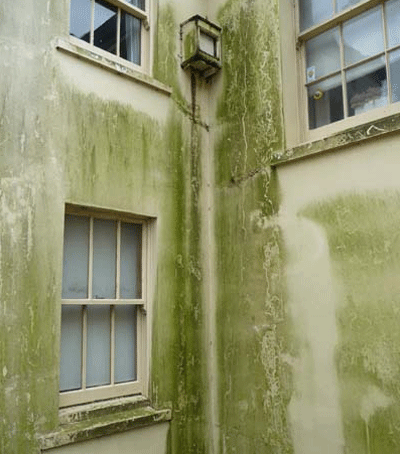 How to prepare your house for winter
How to prepare your house for winterAs winter approaches, experts advise that preventative measures are crucial for our houses to weather hard winters
By Country Life Published
-
 Ten house tips for the winter
Ten house tips for the winterNow is the time to put your house in ship-shape for the winter months ahead. Chartered surveyor Tom Grillo shares his ten top tips
By Country Life Published
-
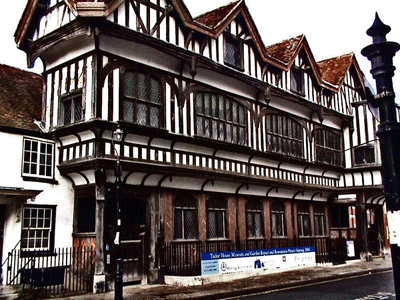 Choosing an interior designer
Choosing an interior designerFinding the right skilled interior designer for your period property requires some dedication; in particular you need to make sure you share the same vision
By Country Life Published
-
Maintenance tips for Victorian houses
There are a number of aspects to look out for when viewing or indeed owning a Victorian house
By Country Life Published
-
 Best cooking pans
Best cooking pansMrs Danvers suggests the best makes of pots and cooking pans to hunt down when shopping for a special friend's wedding present
By Country Life Published
-
How to save old floorboards
Lots of care and elbow grease can help old floorboards gleam again
By Country Life Published
-
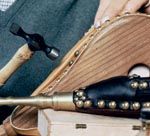 Buying bellows
Buying bellowsMrs Danvers recommends where to find a new or antique pair of bellows
By Country Life Published
-
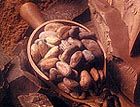 Removing chocolate stains
Removing chocolate stainsMrs Danvers tackles readers' household queries: this week's are chocolate stains on a linen suit and screen doors
By Country Life Published

